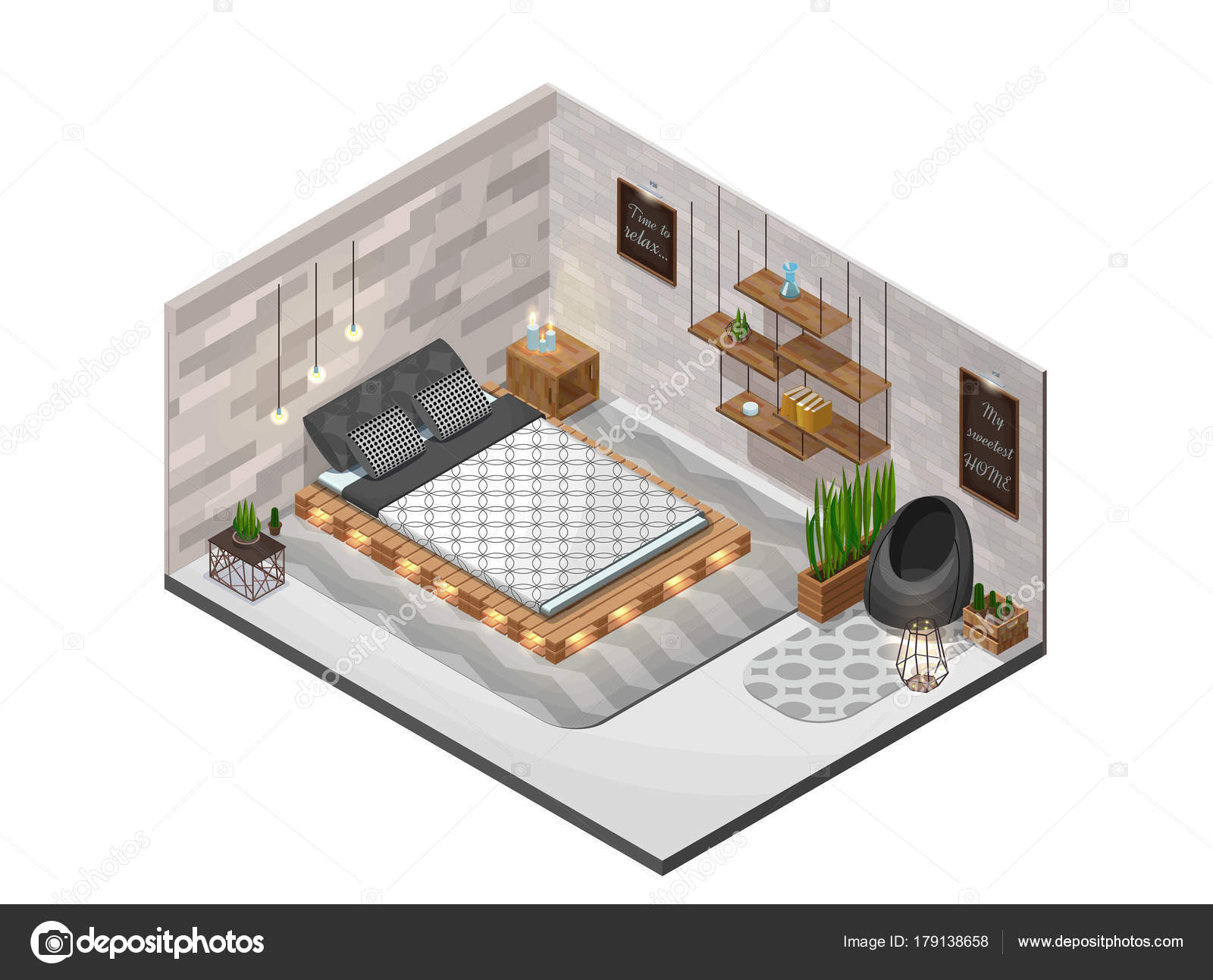Discover The Exciting Journey Of Refurbishing Classic Cabinets, Revealing Unimaginable Stories And Revealing The Enigmas Of Background
Discover The Exciting Journey Of Refurbishing Classic Cabinets, Revealing Unimaginable Stories And Revealing The Enigmas Of Background
Blog Article
Published By-Stephenson Kerr
To begin the trip of bring back antique cupboards, you need a keen eye for information. Imagine uncovering hidden keys within each layer of history embedded in the timber. Photo the satisfaction of revitalizing a once-forgotten piece to its previous splendor. Every action of this careful process holds the crucial to maintaining the past while creating a future antique. So, are you ready to embark on this transformative undertaking and unlock the possibility of your antique cabinets?
Examining the Cabinet's Problem
When beginning the repair procedure, start by assessing the condition of the antique cabinet. Carefully take a look at the overall structure for any type of signs of damage such as splits, chips, or loosened joints. Inspect the wood for any type of rot, bending, or insect infestation that might have happened with time. It's essential to figure out the level of the restoration needed prior to continuing better.
Next, inspect the closet's hardware such as joints, handles, and locks. Make note of any missing out on items or parts that require repair service or replacement. Ensure that https://gritdaily.com/koda-wang-co-founder-ceo-of-block-renovation-explains-how-to-reduce-the-stress-of-home-renovations/ is functioning correctly and safely attached to the cupboard.
Furthermore, review the cabinet's surface. Try to find any scrapes, spots, or staining that may impact the aesthetic allure. Determine if fabiwood needs to be stripped and reapplied or if an easy touch-up will be enough.
Collecting the Essential Devices and Products
After evaluating the problem of the antique cabinet, the next action is to gather the necessary devices and materials for the remediation procedure. Before you start, guarantee you have the following things on hand:
- wood cleaner
- sandpaper in numerous grits
- timber filler
- paint or timber tarnish
- brushes
- handwear covers
- safety and security goggles
- a dirt mask
- a ground cloth
- a putty blade
- a hammer
- a screwdriver
- a vacuum cleaner
These tools and materials are crucial for an effective restoration.
Wood cleaner is important for removing years of dust and grime buildup, preparing the surface for sanding. Sandpaper of different grits aids in smoothing out flaws and preparing the wood for a new finish. Wood filler comes in handy for fixing any fractures, openings, or dents existing in the closet.
Repaint or wood discolor, together with brushes, allow you to personalize the closet to your preference. Keep in mind to put on gloves, security goggles, and a dirt mask for security. Set a drop cloth to secure your workspace, and make use of a vacuum cleaner to tidy up any kind of particles.
With these devices and products gathered, you're ready to begin the reconstruction procedure.
Implementing the Repair Process
To successfully implement the remediation process on your antique cabinet, start by extensively cleaning up the surface with the wood cleaner. This action is crucial as it assists eliminate years of dust, crud, and old polish that may have collected externally.
As soon as the cupboard is tidy and completely dry, evaluate the condition of the timber. Try to find any fractures, scrapes, or other problems that need to be attended to. Use timber filler to repair any imperfections, seeing to it to match the filler color to the timber tone for a smooth finish.
After the repairs have actually dried out, carefully sand the entire surface area to produce a smooth and even base for the brand-new finish. Be careful not to sand as well strongly, as you do not want to harm the timber beneath.
As soon as the sanding is full, apply a wood stain or finish of your option, complying with the manufacturer's directions. Enable Scandinavian style cabinets to completely dry totally before applying a protective top coat to make sure the long life of your restored antique closet.
Verdict
Since you have finished the repair procedure, your antique cupboard looks like new.
By following the step-by-step guide, you had the ability to analyze, fix, and improve its problem effortlessly.
With a fresh finish and protective top coat, your treasured item will continue to shine for many years to find.
Delight in the charm of your recovered antique cabinet!
